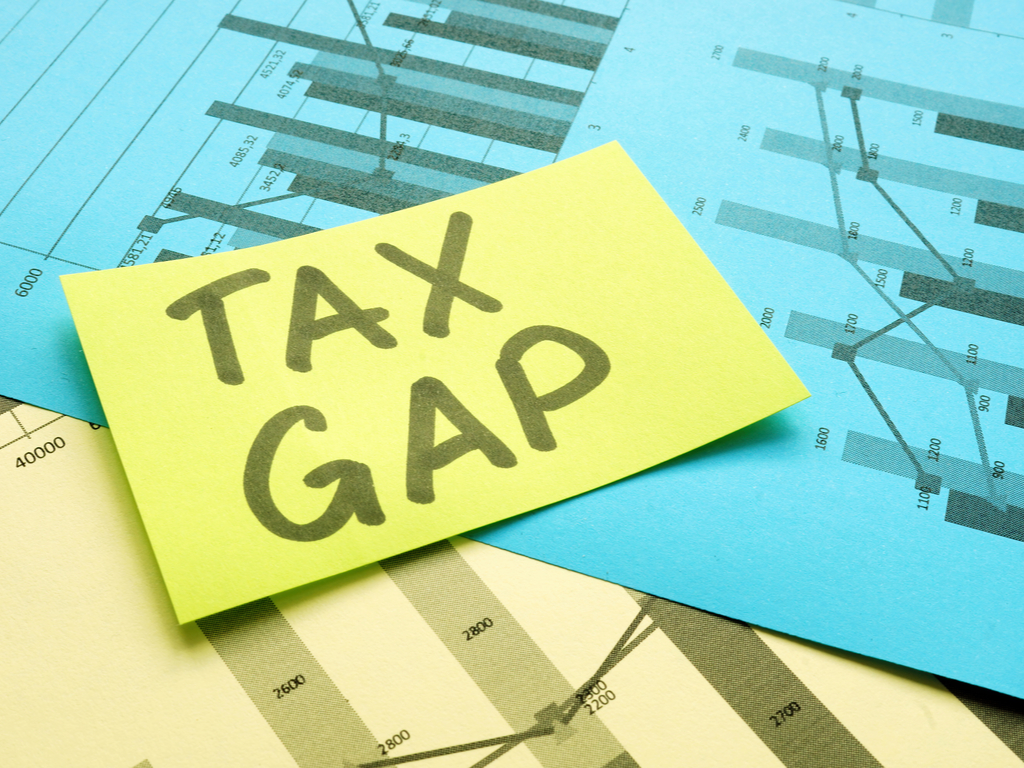The difference between the amount of tax owed by Taxpayers for a given year and the amount that is actually paid timely for that same year is known as the “Gross Tax Gap”. The IRS looks at this number as an estimate of the annual amount of noncompliance with the US tax laws.
In the Closer Look of April 23, 2021, IRS Commissioner (Chuck Rettig) stated that the IRS is continuously working to reduce the Tax Gap through technology modernization, voluntary taxpayer compliance, information reporting, withholding, and customer service.
The Tax Gap is determined by the IRS Research, Applied Analytics and Statistics (RAAS) organization. The most recent Tax Gap study was released in 2019. It covered Tax Years 2011-2013 and was estimated at $441 billion. A study by the National Bureau of Economic Research suggests that the Tax Gap over the course of the next ten years will be approximately $7.5 trillion (or approximately $750 billion annually).
Commissioner Retting further stated in the Closer Look that the Tax Gap could annually exceed $1 trillion consisting primarily of:
- taxable transactions involving virtual currencies
- undisclosed offshore transactions
- undeclared taxes associated with abuse in the use of pass-through organizations and tax-exempt entities
- illegal source income
- other types of tax evasion vehicles
The top 1 percent of Americans hide more than 20 percent of their income from the IRS
RAAS researchers that participated in the National Bureau of Economic Research determined that with more, specialized, and targeted enforcement resources, the IRS could significantly reduce the income tax gap for the top 1% and collect another $175 billion of taxes annually. The study presents how sophisticated tax evasion is concentrated at the top 1 percent because:
- concealment of tax evasion from auditors is costly, requiring substantial financial sophistication,
- high-income people can save huge amounts of tax with little risk by adopting sophisticated strategies, which makes it worth the cost
- audit rates are relatively high at the very top of the income distribution, so if the audits are not thorough enough to correct sophisticated evasion, then high audit coverage rates themselves incentivize the concealment of tax evasion.
- complexity of the forms of tax evasion at the top, which can involve legal and financial intermediaries, sometimes in countries with a great deal of secrecy.
- income flows from assets outside of 3rd party reporting requirements or obscured through multiple layers of ownership make it difficult to associate the income with specific individuals.
The study concludes that effective tax enforcement at the very top of the U.S. income distribution requires a comprehensive approach that includes:
- Greater scrutiny of pass-through businesses.
- More comprehensive audits, such as those conducted in the IRS Global High Wealth program.
- More thorough litigation of tax disputes.
- New regulations to clarify that certain activities are noncompliant.
- Programs to encourage whistleblowing.
Out of compliance Taxpayers Ought to Come Forward First
Get Started with coming into compliance. If you are out of compliance, do not wait to come forward. There are options available for non-compliant Taxpayers if the IRS does not contact you first. Consult a specialized Tax Advisor for your best option now. ©


